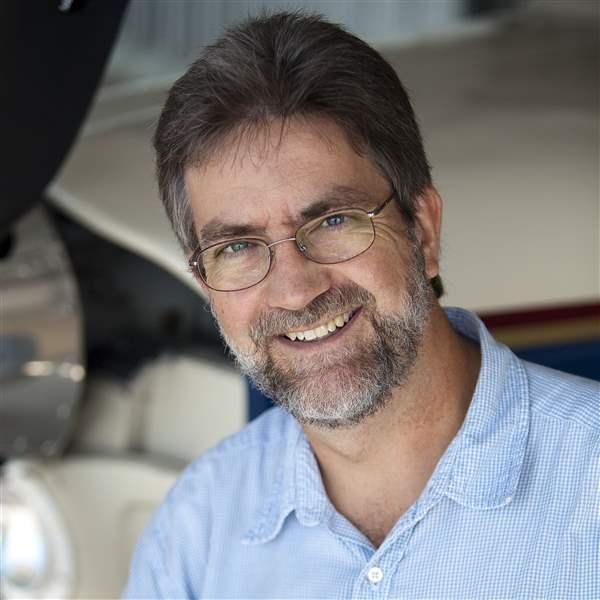Have you considered pursuing a career as an airline pilot, but just can't decide if it's right for you? As Wayne Phillips indicates in "Careers: What's Going On?" the major airlines are slowly recovering from 2001's economic dip and the drop in travel demand that followed the September 11, 2001, terrorist attacks. But airlines are hiring, and some - particularly regional airlines now transitioning from traditional turboprops to new regional jets - never really stopped.
Virtual airlines never really stopped, either, and the price of entry is much lower. All you need is a personal computer, an Internet connection, a joystick, and a copy of Microsoft Flight Simulator. Virtual pilots can sign on and, after a training and qualification period, bid for flights and fly the line. Some, such as the Unity Virtual Aviation Community (UVAC), will even pay you. The only catch is that virtual flying pays in virtual dollars, which automatically accrue to your virtual bank account.
UVAC ( www.flyunity.com ) comprises several divisions. The diversified organization includes Unity Airways, a passenger airline and the largest division. Unity Logistics is the cargo division - and a wise addition, considering how well the cargo airlines have fared in this downturn. Unity Aeroclub is a general aviation flying club, and the Unity Security Force (USEC) is the military division. All can be accessed from UVAC's Web page.
Unity currently has about 500 active pilots. "Unity is one of the bigger virtual airlines," explained Eric Friedman, an enthusiastic UVAC pilot and executive officer for a USEC squadron. "The biggest one I've ever seen is around 750 people. Unity has a big popularity."
Unity's pilots must pass checkrides in order to advance their qualifications. Checkrides are downloaded from the Web site; accompanying maps show the route of flight. Follow the instructions (which include "complete a smooth approach" and "land on the runway, any of your choice"), use Flight Simulator 2002's flight video feature to record the checkride, and then e-mail the file to the airline, where a virtual check pilot will evaluate your performance before issuing the new rating.
Some virtual airlines require their pilots to fly "real time," but Unity doesn't want to forfeit the flexibility that keeps the flying fun, Friedman explained. "We allow pilots to fly whenever they want. We don't say, 'You're going to fly this flight from three o'clock to five o'clock.'"
Unity Airlines pilots can check out in a number of aircraft that aren't standard Flight Simulator fare, including an Airbus A330-300, Boeing 717-200, or the classic Lockheed L-1011 - all sporting the Unity paint scheme, which includes reflective polished aluminum. Hub locations include Chicago, Miami, New York, and San Francisco, as well as London, England; Rome, Italy; and Sydney, Australia.
Friedman is a student pilot and an AOPA Flight Training reader. He's logged about 10 hours in a Cessna 172, but he's pacing his training - because he's 14 years old, he realizes that he can't solo until he turns 16, or take his checkride for another year after that. He had been flying Microsoft's Flight Simulator 98 about six months before he was given an intro flight for his eleventh birthday. The Flight Sim experience was a tremendous help, Friedman said. Without an extra cushion to boost him up in the seat, Friedman couldn't see over the instrument panel - so he flew by reference to the gauges. "When we came back to the airport, I requested an ILS approach and brought [the plane] down to 200 feet, then my CFI landed it. He was amazed."
Virtual airlines are no more likely to replace the real ones than flight simulation programs are to replace actual flying. But like flight simulators, they could provide an entr�e to the real thing - and their participants with some fun in the process.



